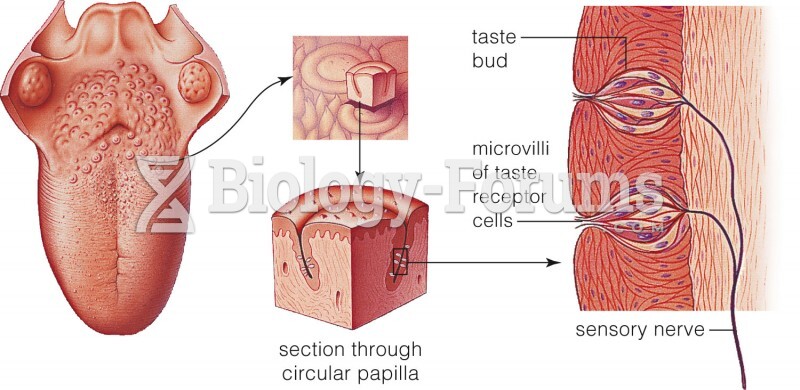Answer to Question 1
The canon for artists in ancient Egypt governed the way in which they represented the human form. The proportions of the human body were determined according to a module (or standard of measurement) represented by the width of the clenched fist. More generally, Egyptian artists adhered to a set of guidelines by which they might capture the most characteristic and essential aspects of the subject matter: in depicting the human figure, the upper torso is shown from the front, while the lower is shown from the side; the head is depicted in profile, while the eye and eyebrow are frontal. This method of representation is conceptualthat is, based on ideasrather than perceptualthat is, based on visual evidence. Artists were also capable of naturalistic representation and realistic details can be seen in many Egyptian frescoes. For instance, in the New Kingdom tomb of the scribe Nebamon (himself depicted in a stylized and conventional pose), the figures are surrounded by marsh birds so accurately rendered that ornithologists have been able to identify them by species.
The Egyptian artist's approach to space was also conceptual. Spatial depth is indicated by placing one figure above (rather than behind) the next, often in horizontal registers, or rows.
Answer to Question 2
Religious features: The cult of the sun dominated the religious history of ancient Egypt. In the earliest hymns of the Old Kingdom, Re (or Ra) was celebrated as the self-generating life force. The transfer of power from the sun god to the pharaoh was frequently shown in Egyptian tombs and temples. Although the cult of the sun in his various aspects dominated the official religion of Egypt, local gods and goddessesmore than 2,000 of themmade up the Egyptian pantheon. Second only to the sun as the major natural force in Egyptian life was the Nile River. Ancient Egyptians identified the Nile with Osiris, ruler of the underworld and god of the dead. The Osiris myth vividly describes the idea of resurrection that was central to the ancient Egyptian belief system.
Political features: From earliest times, political power was linked with spiritual power and superhuman might. The Egyptians held that divine power flowed from the gods to their royal agents. In ancient Egypt, long-standing customs and unwritten rules preceded the codification and transcription of civil and criminal law, an oral tradition that played a vital part in establishing political continuity.
Throughout their long history, ancient Egyptians viewed the land as sacred. It was owned by the gods, ruled by the pharaohs, and farmed by the peasants with the assistance of slaves. The fruits of each harvest were shared according to the needs of the community. This divinely sanctioned way of life, known as theocratic socialism, provided Egypt with an abundance of food and a surplus that encouraged widespread trade.
Social features: Like all ancient civilizations, Egypt could not have existed without a high level of cooperation among those whose individual tasksgoverning, trading, farming, fightingcontributed to communal survival. The ruling dynasty, in conjunction with a priestly caste that supervised the religious activities of the community, formed an elite group of men and women who regulated the lives of the lower classes: merchants, farmers, herders, artisans, soldiers, and servants. Nevertheless, the class structure in ancient Egypt seems to have been quite flexible. Ambitious individuals of any class were free to rise in status, usually by way of education.






